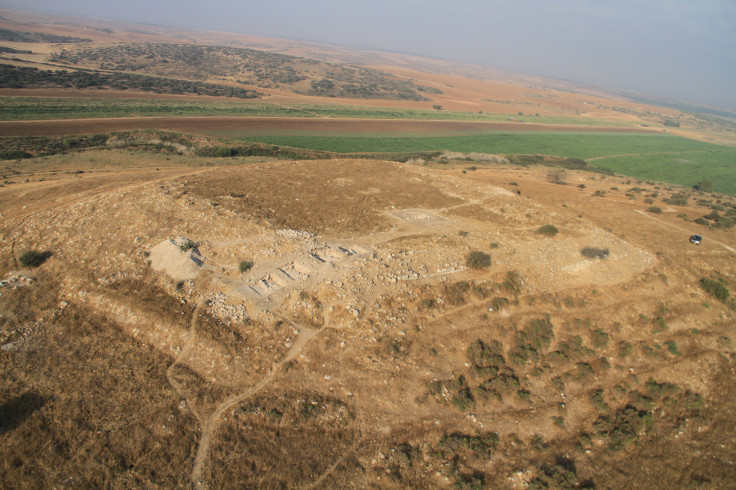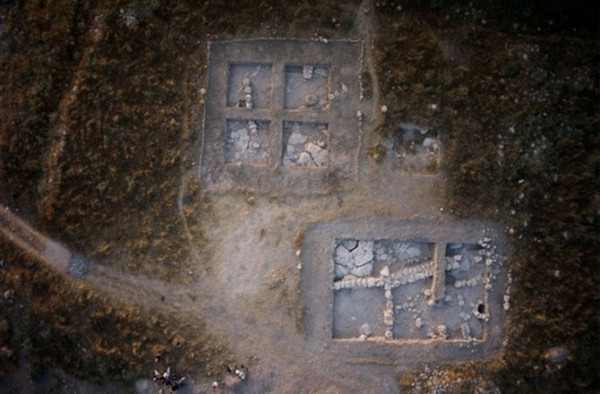Canaanite Storm God: 3,300-Year-Old Cult Complex Discovered at Tel Burna in Israel

A huge 3,300-year-old cult complex dating has been discovered at the site of the Tel Burna archaeological site in central Israel.
It is possible Baal, the Canaanite storm god, was the deity worshipped at the site, according to the archaeologists.
The Canaanite religion is the name for the group of ancient Semitic religions practised by the Canaanites, who lived in the ancient Levant from at least the early Bronze Age to the first centuries of the Common Era.
It is also possible a female deity was worshipped at the complex, such as the goddess Anat.
"The letters of Ugarit [an ancient site in modern-day Syria] suggest that of the Canaanite pantheon, Baal, the Canaanite storm god, would have been the most likely candidate," Itzhag Shai, a professor at Ariel University who is directing a research project at the site, told Live Science.
The excavation of the site is ongoing, but the team have identified that the courtyard of the complex was around 52ft by 52ft (15.8m x 15.8m). Inside the large complex, researchers uncovered shards of facemasks and fragments of cups, as well as enormous jars that are nearly the size of humans.

"The burna mask fragments, both of noses, are quite interesting, because they are quite large, although as seen in a photo, they were clearly meant to be worn," Shai said, as reported by the Tech Times.
"It is difficult to determine exactly who the masks are depicting and whether it is a specific image. In general, masks are known to have been used in cultic ceremonies and processions."
The large storage jars, known as "pithoi" vessels, were found along the eastern edge of the exposed area of the building. According to Shai, the designs on the jars suggested they were likely imported from Cyprus.
"The pithoi were likely used as storage for tithes brought to the cultic complex, although this is also being further analysed through residue analysis," the archaeologists said.
A tithe is a one-tenth part of something, paid as a contribution to a religious organisation or compulsory tax to government.
Other finds included goblets, chalices, smashed figurines and a scarab, an ancient artefact featuring an Egyptian hieroglyphic inscription. The discovery of burnt animal bones suggested sacrificial rituals took place in the area.
"From the finds within the building, we can reconstruct the occurrence of feasts, indicated by several goblets and a large amount of animal bones. Some of these animal bones are burnt, probably indicating their use in some sacrificial activity," Shai said.
The discovery was presented at the European Association of Archaeologists' meeting in Istanbul.
© Copyright IBTimes 2025. All rights reserved.






















